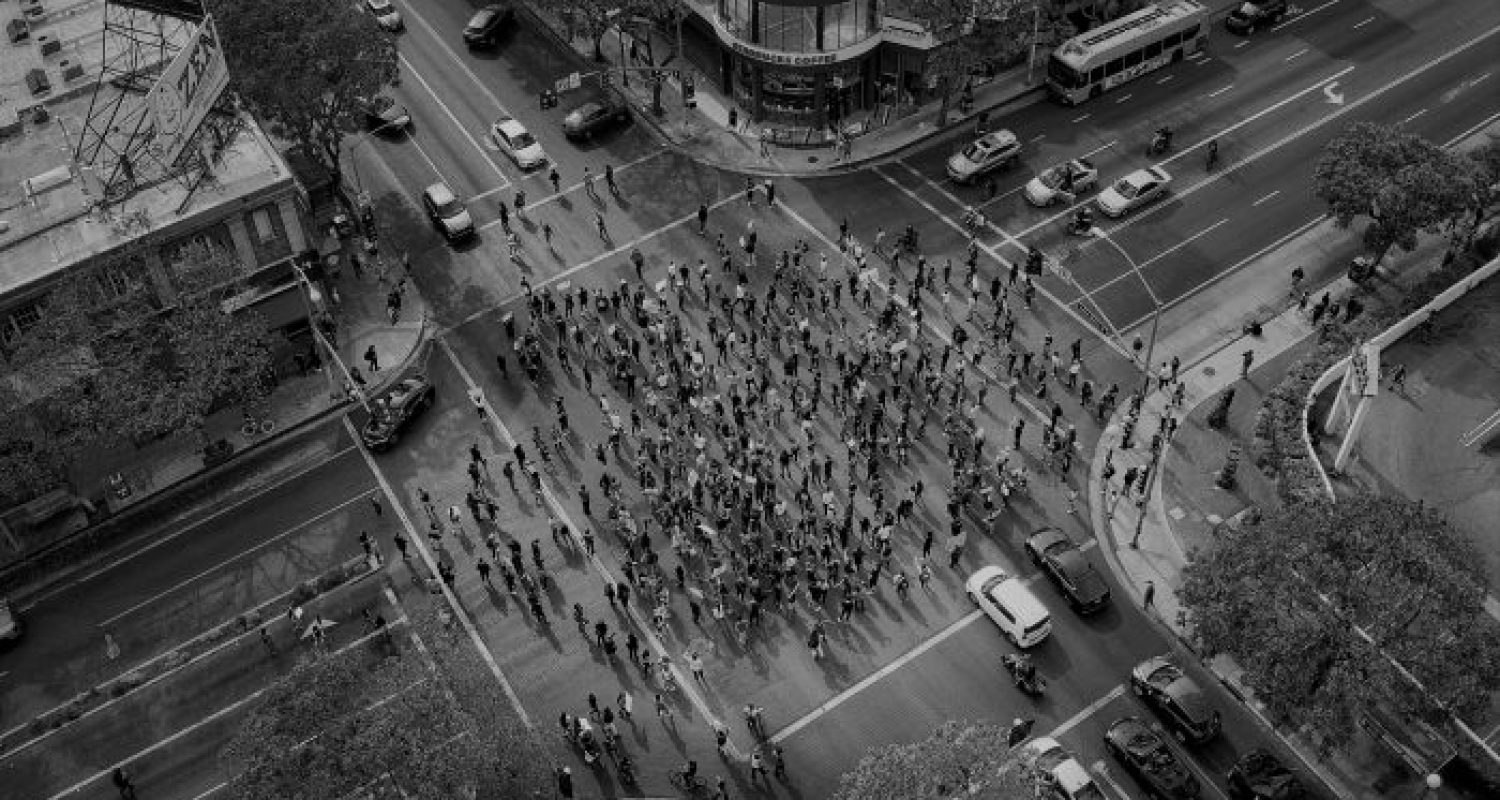In recent weeks the nation has seen widespread civil unrest in response to police brutality and racial injustice. The outpouring of emotions, outrage, frustration and anger is an understandable reaction to longstanding social problems.
We have also witnessed a range of behavioral reactions, most notably seen in various actions during protests and demonstrations. These are complex social group interactions, and in no way homogenous. One way to shed insight is to consider protesters falling into four primary groups, and what their agenda often is.
- PROTESTORS show up to provoke change
- RIOTERS show up to express anger
- OPPORTUNISTS show up to loot and take advantage of discord
- AGITATORS show up to push a nefarious agenda that opposes the cause they have infiltrated
These are not the same groups, and do not share all the same goals. They are also not equal in numbers, as most demonstrators are “protestors” intending to positively promote change. Yet, we know from decades of social psychology research that just a few rioters or agitators can influence the behavioral dynamics of a larger group to incite more anger, property destruction and even violence. When anger flares and borders on boiling over, not only are demonstrators emotionally charged, but simultaneously very often so is law enforcement who are present.
In this context, it is critically important to understand the difference between Affective (Emotional) and Predatory (Targeted) violence. If we don’t know what we are dealing with, we most certainly won’t have the tools to respond effectively.
From 30 years of laboratory studies, researchers have identified two distinct bio-physiological modes of violence (Meloy, 2000), each triggering different neuro-chemical processes and pathways in the brain.
For Affective violence, imagine a cornered house cat with no escape as a large Rottweiler slowly approaches. What is the cat doing? Hissing, back arched, claws are extended, it’s scanning its full field of vision, it is ready to run or attack. This is our image of Affective (or emotional) violence. It is emotional, defensive, reactive, and immediate in its response. The primary goal is threat reduction, a “fight or flight” response. The overwhelming majority of societal violence, and the majority of aggression during demonstrations or protests is affective in nature.
Predatory violence: Picture the same house cat, now in the backyard noticing a bird some 40 feet away. Now what is the cat doing? Very quiet, crouched, claws are retracted ready to stalk (not yet attack), with a laser-like focus on its prey. This is our image of Predatory (or targeted) violence. It is cognitive, premeditated, attacking, prolonged in its response cycle, and not time-limited in expression. Its time window can range from hours to years depending on the sophistication of the planning involved. When we talk about mass shootings and most active shooter incidents, we are almost always in the realm of predatory violence.
With Affective violence, the primary aim is to help the subject reach emotional homeostasis and feel less threatened. With Predatory violence, the primary aim is to first identify the concern, then assess the threat risk, and if the risk is significant, then thwart and/or redirect the violent intention of the would-be assailant.
With few exceptions, the majority of aggression and violence encountered during protests and demonstrations is affective and emotional in nature. Indeed, some rioters and agitators come with clear plans to be violent, but they do not represent the majority. Most interactions that spill over to aggression or violence are highly emotionally charged. People on all sides feel under siege, threatened and, in some cases, in peril. There are some clear take-and-use concepts we can employ to help mitigate risk in these situations and increase understanding.
- Seek first to understand:
Human tendency when feeling threatened or challenged is to assess or judge. That has helped us survive millennia in the wild. If we could not accurately and quickly judge a potential threat, we became its dinner. That evolutionary reflex remains, but in matters of social and emotional discord we often need to curb our rush to judgment and first seek understanding. This sets a tone and space for further openness, trust and dialogue towards resolving conflict.
- Remove the defensive posture:
The goal is to remove this in ourselves first, and then in the other person. In emotionally charged situations people often feel under attack and a need to defend. When both parties feel that way, it is far too easy for such to spill over into physical confrontation. Focus on disarming the other person by clearly indicating that you do not pose a threat to them. Do this through what you say, how you say it and most importantly your non-verbal cues and open listening.
- Engage the other person and meet them where they are:
In our hostility management work, we often say “resistance causes persistence”. The more we push on another person, the more they dig their heels in, leading to a stalemate at best, and at worst, eruption into physical conflict. Start by seeking understanding of their world view, of their concerns and complaints, and genuinely listen to those. Only then do you have an audience who will in turn start hearing you, and you can move to co-create a solution to the problem.
- Seek a win-win resolution that is feasible:
The outrage expressed in recent demonstrations and protests is born of years of complex social, systemic and relational dynamics. These issues will not get resolved overnight. So, don’t try to resolve them all right now. Seek what win-win solutions can be achieved in the here and now, which then build momentum towards a larger goal. An example of this is when a deputy sheriff in Flint Township, Michigan, approached a group of protesters and voiced he was there to hear, support and understand them. That was a disarming approach, and they in turn asked him to join them on their march, so he did, which was also disarming on their part. And he did so after taking off his riot gear, further disarming the situation. Disarm leads to disarm, which leads to more disarm.
- Agree to disagree and walk away for now, postponing a resolution:
There are some situations, and there are some individuals, where a win-win resolution is not possible. Perhaps not at all, or perhaps just not currently in the emotionally charged moment. I describe this as “you’ve lost your audience, no one is listening.” If you reach this point, stop preaching. The timing is off. So, if you can, agree to disagree, and walk away to revisit at a later time. In the context of public demonstrations, it may literally mean walking away if at all possible. This can be tough when we ourselves are feeling emotionally charged, feeling outrage, or feeling frustration in the moment. Thus, it’s important to know ourselves and monitor our own emotionality.
These interactions are complex, emotional, and often difficult to navigate. Yet they are also understandable, and able to be understood. With the right tools in place, we can steer conflict and outrage into sustainable dialogue and engagement.







